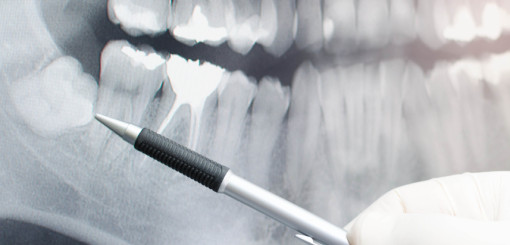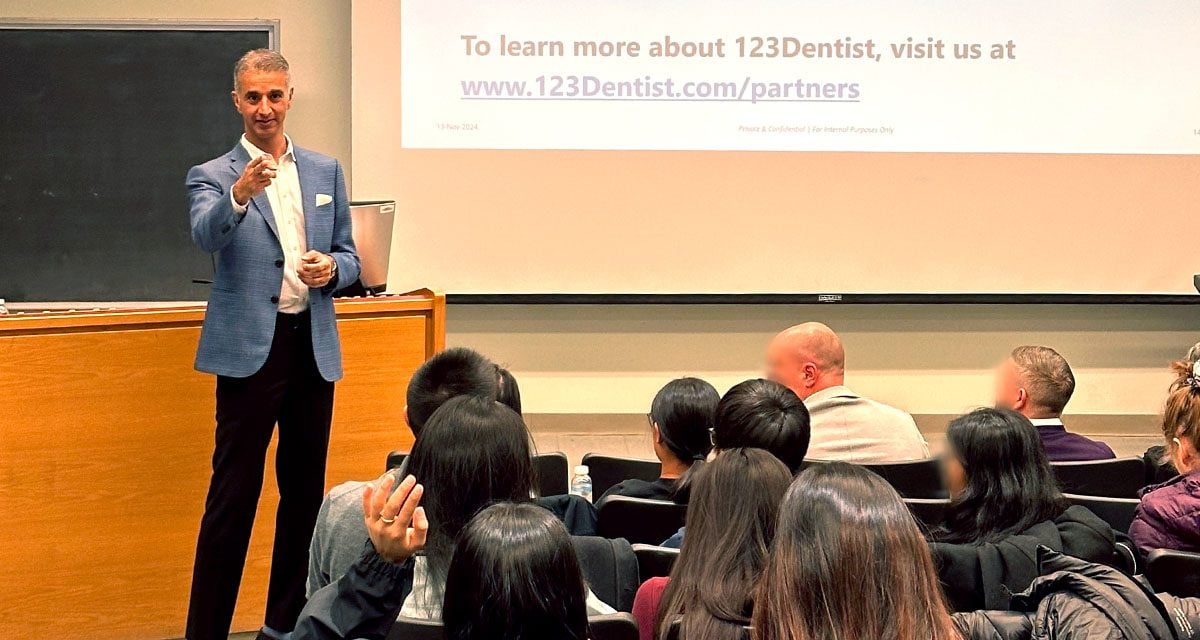Wisdom tooth removal is one of the most commonly performed dentistry procedures. Your wisdom teeth are four large molars that emerge at the very back corners of your mouth, and they will normally come through when you are between 18 and 25 (though they can appear earlier or later). Wisdom tooth removal may be recommended if the teeth they fail to come through in the proper way, or if they begin to cause problems. It is important to note that wisdom tooth removal may be necessary even if a tooth is not causing any pain, so the potential need for wisdom tooth removal is one of many reasons why you should regularly see your dentist for a check-up.
Reasons for wisdom tooth removal
Sometimes, wisdom tooth removal is suggested if one or more of the teeth are impacted (i.e. they have only partially appeared, or are stuck under the gum). If a wisdom tooth has partially appeared, it is easier for food particles to become trapped around the tooth and gums in the area. When this happens, plaque builds up and can cause decay, cavities, gum disease, an abscess inside the tooth, or a bacterial infection in the cheek or tongue. Further, some people repeatedly develop cysts (i.e. sacs of fluid) around developing wisdom teeth, which can be painful. The first line of defense against these problems may be a course of antibiotics, but in more serious or less treatable cases then your dentist may suggest wisdom tooth removal as an appropriate solution.
How your dentist will approach wisdom tooth removal
Prior to wisdom tooth removal, you will typically receive a local anesthetic to numb your mouth so that you do not feel pain. However, if you are having multiple wisdom teeth removed then a general anesthetic may be recommended (so that you are unconscious during the procedure). Wisdom tooth removal involves making an incision in the gum above your wisdom tooth, removing bone that may be covering the tooth, then removing the tooth itself. You may receive stitches to help the area heal after surgery, and cotton gauze will be applied to reduce bleeding.






